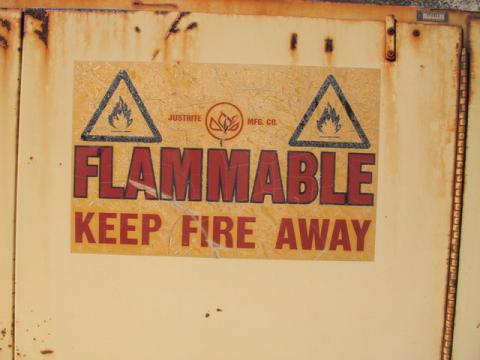Back to the Basics: Total Analyzer System Response Time
The response time of the analyzer system, including all components in the final installation, is so critical that it should be given careful attention.
One useful method of testing the system time response of the analyzer is to inject test gas directly into the end of the probe inside the process, and to obtain the time that it takes for the alarm to sound. The test gas concentration should be equivalent to at least 10% LFL above the high alarm point.



